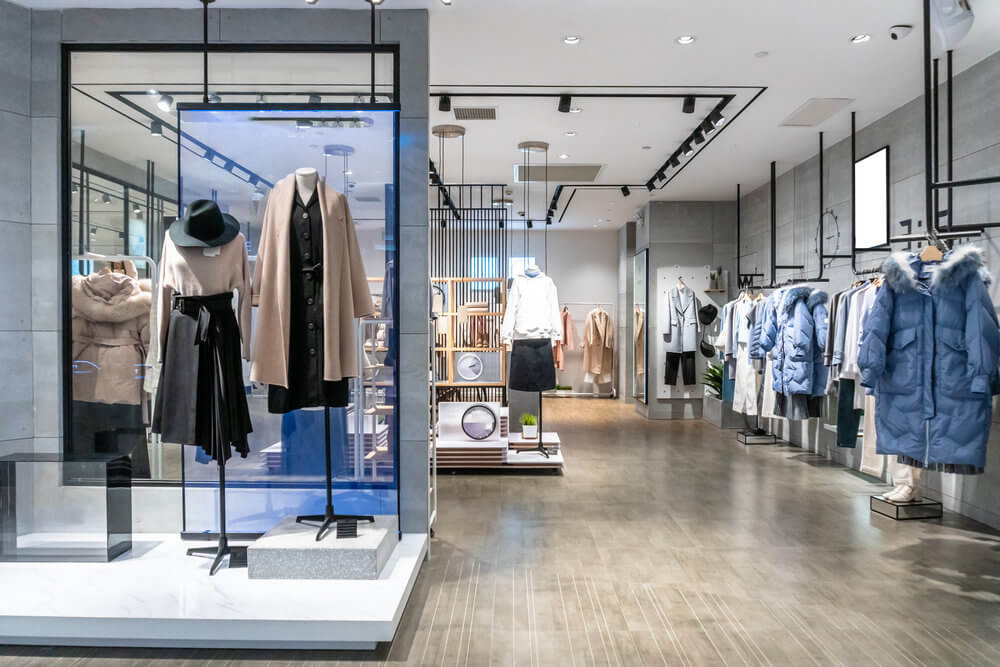Though physical consumer interaction is unlikely to disappear anytime soon, the consumer purchasing experience is evolving rapidly, and to remain competitive merchandisers and retailers will need to adapt and evolve. The following 5 retail merchandising trends are either on their way, or already here, and retailers should think about integrating them into their retail plan if possible.

Omnichannel Retail Merchandising Experience
The first reaction of brick-and-mortar retailers to the trend of online and mobile shopping may be to push back against it, but businesses should instead look to fuse the mobile and traditional shopping experience into one. A recent report by Key Ring, a mobile retail solutions company, revealed that nearly 90% of consumers feel that their smartphones are the easiest way for them to make a shopping list before entering a retail store. From this same study, 22% of mobile shoppers said that they always prepare a shopping list before going to a physical retailer, and 39% of those surveyed responded that they did so “often”. Retailers can use this to their advantage by offering mobile-friendly sites or apps, which make the browsing and purchasing experience painless and enjoyable.
In the same way that retailers use specific in-store locations and merchandising to guide consumers to purchases, mobile applications and sites offer opportunities for retailers to advertise new products and promotions, which encourage more purchasing. Catering to customers regardless of which method they use to shop creates a more positive customer service experience, and offers retailers new “digital retail merchandising” opportunities.
Social Retail Integration
The concept of integrating social media within different retail markets is not a new one, but many retailers have simply slapped a “buy now” button or link alongside their product on Facebook, Pinterest, or Twitter, and hoped for the best. Most online retailers have created a sort of “virtual showroom” where consumers can easily browse products which they find interesting, giving the customer the freedom to browse and use their choice of social media in the way it was intended is a great way to guide consumers to purchase.
Hyper Personalized Offerings
With the excess of retail sales-data collected by retailers online and via mobile, many consumers now expect businesses to cater to their specific tastes. Targeted offerings mean that consumers do not have to browse through products that they are not interested in, and can spend more time discovering the things they actually care about. Retailers can use tags to organize their online offerings and then offer potential customers products similar to those that they have purchased or showed interest in previously. Sending out personalized email newsletters or having applications, which can detect user interests, can go a long way towards developing customer loyalty.
Interactive Retail Merchandising Displays
There is a reason that many consumers are still choosing physical retail locations over an online-only shopping experience: senses. Customers want to be able to touch, smell, taste, hear, and see products before they purchase them, and as of now, mobile purchasing options limit consumers to a few of those. Retailers with physical product displays should use this to their advantage and expand merchandising displays to appeal to as many of the senses as possible. For food and beverage products, retailers should consider giving out samples, as they are a proven way to quickly boost product growth and sales. For cosmetics companies, trial of the product may be the key to bringing a customer to purchase. Knowing what kind of experience, the customer is looking to fulfil—whether emotional or physical—is key to displaying the product in an appealing manner.
Mobile/Wearable Checkout
As mobile device security gains traction and becomes more widespread, more consumers will embrace the idea of a mobile wallet, using their smartphone or wearable device to quickly pay for purchases. In the same way that consumers now expect almost all retailers to accept credit or debit cards, the customer expectation going forward will be for retailers to adapt quickly to new technologies, accepting payments in new ways, and offering incentives to consumers who purchase using these methods. Accepting different forms of payment may what convinces a consumer to shop at one retailer vs another.
Retail is not going away for the near future and neither are mobile devices. Retailers who want to attract the business of a new generation of tech-savvy consumers need to adapt to the changing market—and quick. Technology will continue to advance at a rapid pace, and customers will continue to consume products and content through new methods. Keeping one eye on the future and another on the present is the key for brick-and-mortar retailers to achieve success in the current market.
Click here to view a video that explains the five biggest retail trends in 2021.